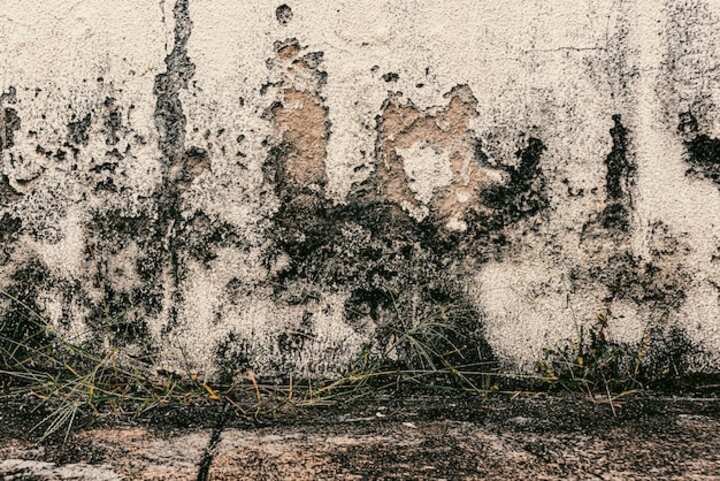
Expert Guide to HVAC Mold Cleaning in Indianapolis
Maintaining a clean and efficient HVAC system is crucial for ensuring the air quality and comfort of indoor environments. In Indianapolis, where humidity levels can fluctuate, the risk of mold growth within HVAC systems increases significantly. Mold not only poses health risks but can also compromise the efficiency of the HVAC system. Understanding the intricacies of mold cleaning and adopting best practices for maintenance can help protect homes and businesses from potential hazards.
Understanding HVAC Mold Risks
Mold in HVAC systems often results from moisture accumulation. This can occur due to several factors, including condensation, leaks, or improper ventilation. When mold spores spread through the HVAC system, they can circulate throughout the property, affecting indoor air quality.
Common symptoms of mold exposure include:
- Respiratory issues
- Allergic reactions
- Headaches
- Fatigue
For more detailed insights into mold-related health risks, read more about this topic.
Steps for Cleaning Mold in HVAC Systems
Initial Assessment
Conducting a thorough assessment is the first step in tackling mold issues in an HVAC system. This involves:
- Inspecting visible components for mold and moisture.
- Checking ducts and vents for signs of mold spread.
- Evaluating the system's ventilation efficiency.
Learn more in this detailed guide about conducting comprehensive assessments.
Cleaning Procedures
Once mold presence is confirmed, the cleaning process involves several critical steps:
- System Shutdown: Turn off the HVAC system to prevent further spore dispersion.
- Protective Gear: Use masks, gloves, and goggles to protect against mold spores.
- Surface Cleaning: Clean ducts, vents, and components using EPA-approved mold removal products.
- Filter Replacement: Replace air filters to ensure optimal air quality post-cleaning.
Explore further insights here on effective cleaning techniques.
Preventive Measures
Preventing mold growth in HVAC systems involves regular maintenance and monitoring. Key preventive measures include:
- Regular Inspections: Conduct routine inspections to identify potential mold sources early.
- Humidity Control: Maintain indoor humidity levels between 30-50% to inhibit mold growth.
- Adequate Ventilation: Ensure proper ventilation to reduce moisture buildup in the system.
- Professional Maintenance: Schedule professional HVAC maintenance at least twice a year.
For comprehensive preventive strategies, find additional information here.
Conclusion
Addressing mold issues in HVAC systems is essential for maintaining healthy indoor environments and optimizing system performance. By understanding the risks, implementing effective cleaning procedures, and adopting preventive measures, property owners in Indianapolis can safeguard their spaces from the adverse effects of mold. For more detailed guidance on mold remediation in HVAC systems, consider consulting resources and professionals with expertise in the field.